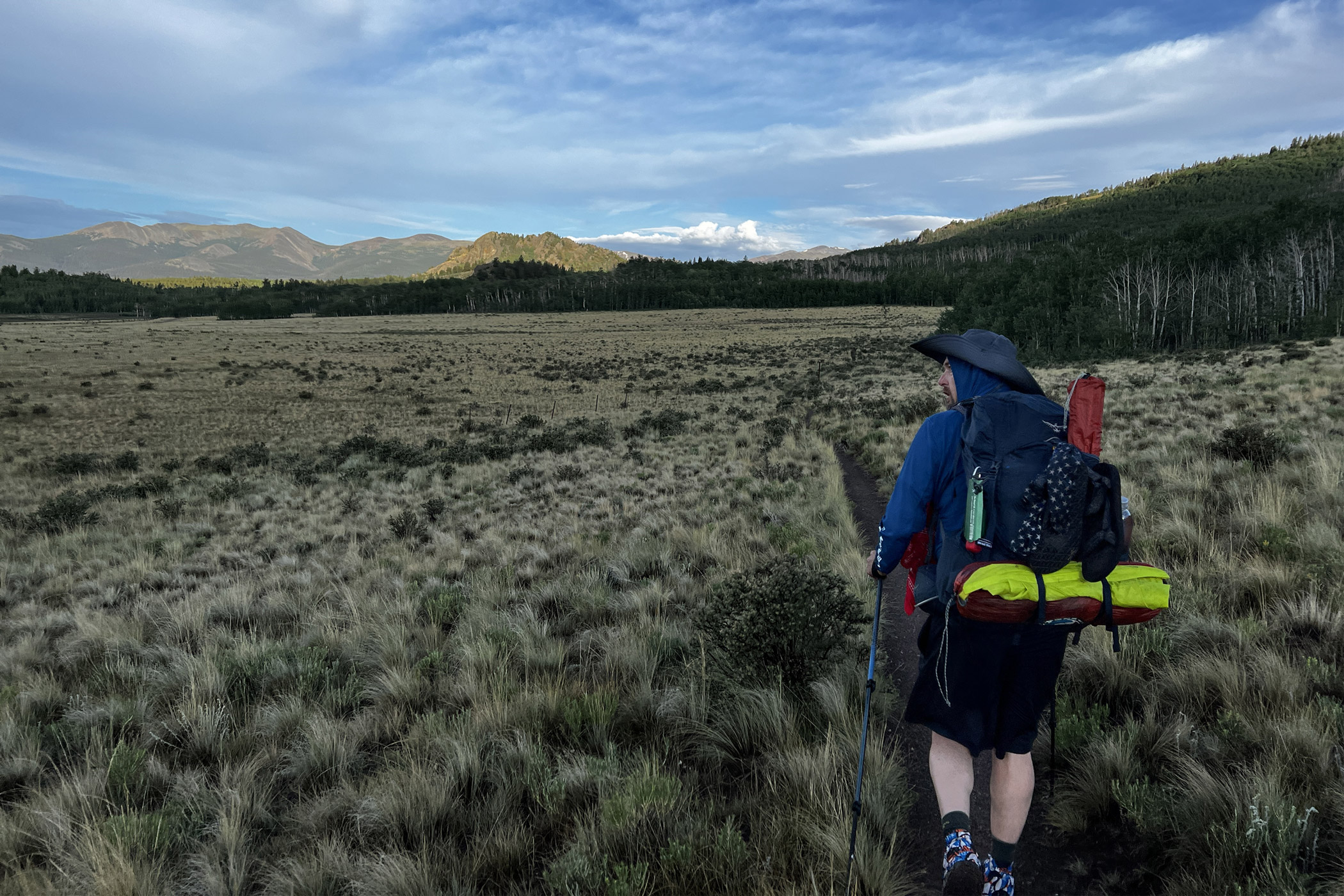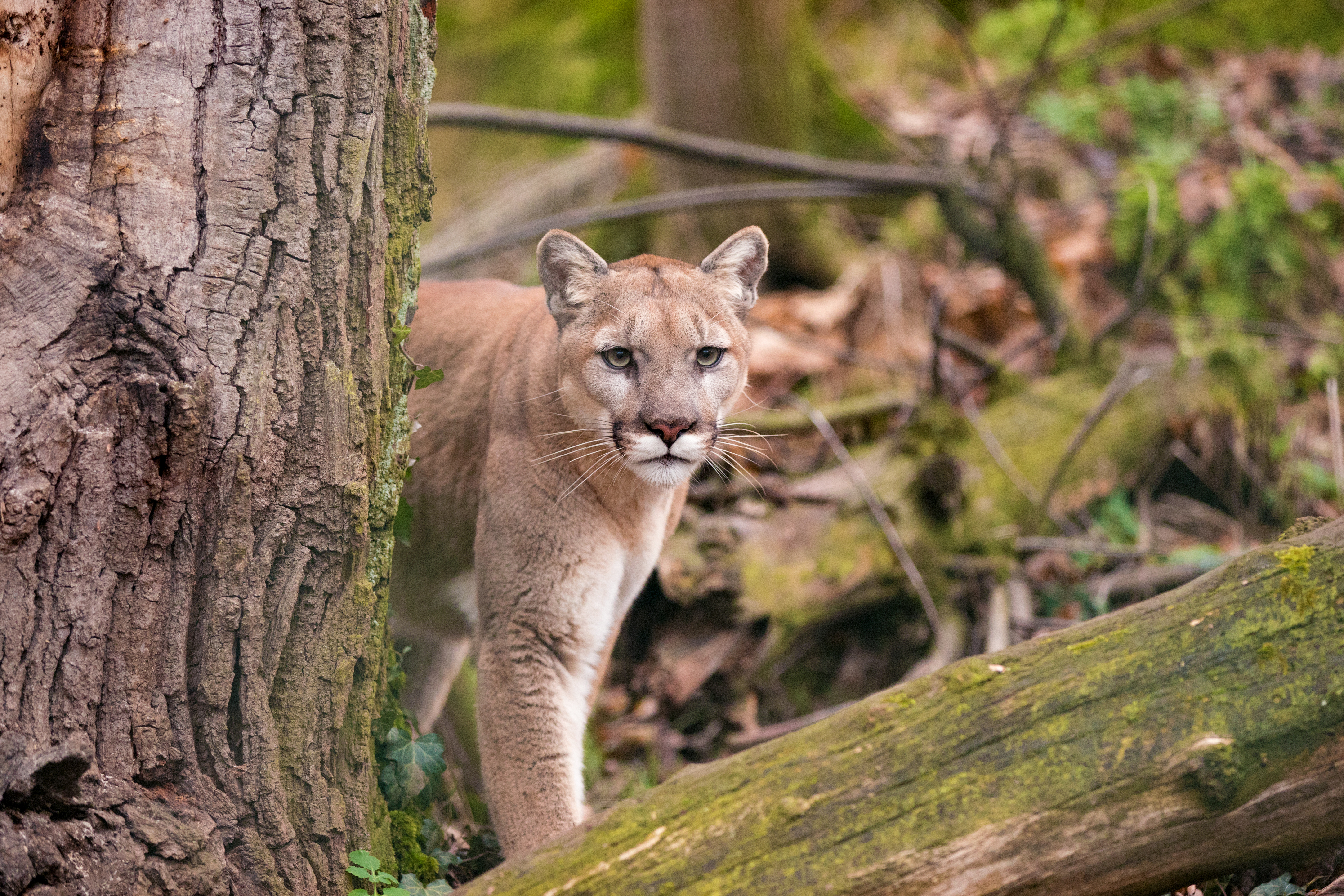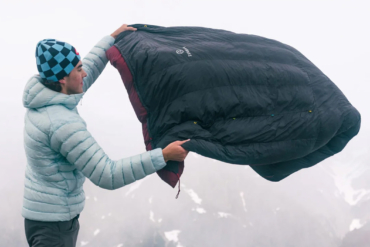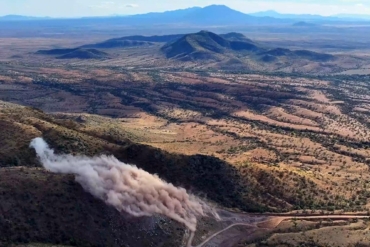Have you been interested in hiking the Appalachian Trail but you don’t have the time or interest to hike the whole trail at once, or the finances for such a long journey?
Well, we have good news: You don’t need any of that. There are 2,200 beautiful miles of trail between Georgia and Maine that you can break up into shorter, more manageable backpacking trips. They can be tackled in sections themselves, one at a time, or in groups, depending on your endurance, time at hand, and finances available.
So, head out on these shorter sections and enjoy some of the highlights of this incredible trail. In this article, I’ll share a description of six of my favorite sections and an example itinerary to help you create your own ideal route. Several of these can be turned into loop hikes using other trails that branch off the Appalachian Trail.
Soon, you’ll see why these sections are trail highlights.
The Best Shorter Hiking Trips on the Appalachian Trail
Great Smoky Mountains National Park in North Carolina/Tennessee
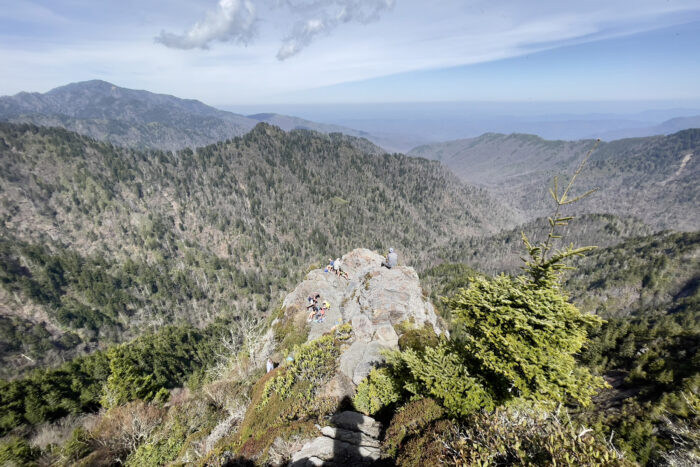
The Appalachian Trail travels about 72 miles through GSMNP along the North Carolina and Tennessee border. Notable highlights include Shuckstack Tower, Clingman’s Dome (the highest point on the trail at 6,643 feet), Charlies Bunion, and Mt. Cammerer Lookout Tower (0.6 miles off the AT).
Start: GSMNP Park Boundary, Fontana Dam
- Day 1: Mollies Ridge Shelter (10.2 miles)
- Day 2: Derrick Knob Shelter (12.1 miles)
- Day 3: Mt. Collins Shelter (13 miles + 0.5 miles off the AT)
- Newfound Gap (access to Gatlinburg, Tenn., or Cherokee, NC)
- Day 4: Icewater Spring Shelter (8 miles)
- Day 5: Tri-Corner Knob Shelter (12.6 miles)
- Day 6: Davenport Gap Shelter (14.6 miles, +1.2 miles to see Mt. Cammerer Lookout Tower
End: GSMNP Park Boundary, Davenport Gap, Tenn., 32, NC 284 (1.1 miles)
It’s a 2-hour drive to Fontana Dam, NC.
Additionally, there is one campsite (Birch Spring Gap) and six other shelters (Russell Field, Spence Field, Silers Bald, Double Spring Gap, Peck’s Corner [0.5 miles east], and Cosby Knob) along this section.
This is one of the sections on the Appalachian Trail where you will have to reserve camping and get a backpacking permit, which is $8 per person, per night. You can read more information here.
If you start your backpacking section 50 miles before the park boundary, travel only on the Appalachian Trail through the park, and finish 50 miles after the park boundary, you can apply for the $40 AT thru-hiker permit here.
Roan Highlands Area in Tennessee/North Carolina
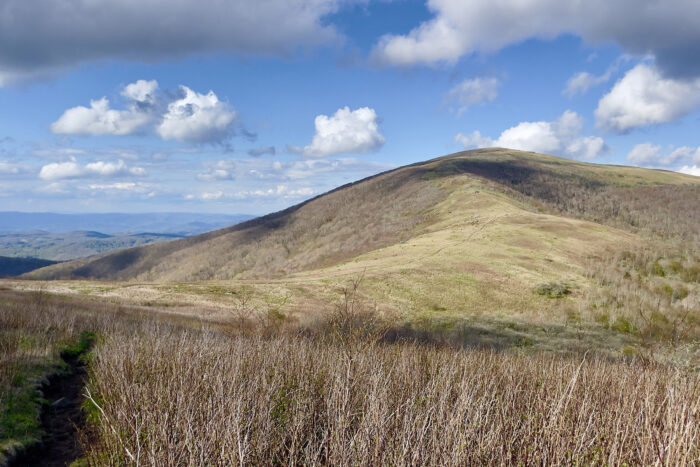
This section along the border climbs over several grassy balds, like Beauty Spot Gap, Little Rock Knob, Round Bald, Jane Bald, and Hump Mountain, which provide views in all directions.
Start: Erwin, Tenn.
- Day 1: Beauty Spot Gap Campsite (11.9 miles)
- Day 2: Clyde Smith Shelter (14.5 miles)
- Day 3: Roan High Knob, the Highest shelter “on” the AT, 0.1 miles off the AT (8.5 miles), or Stan Murray Shelter (13.7 miles)
- Day 4: Apple House Tentsite (15.8 miles or 10.6 miles)
End: US 19 E (0.5 miles)
It’s a 40-minute drive back to Erwin, Tenn.
There are two other shelters (Curly Maple Gap and Cherry Gap); six campsites (Low Gap, Ash Gap, Yellow Mountain Gap, Little Hump Mountain, Bradley Gap, and Doll Flats); one group campsite (Wilder Mine), and four unnamed campsites along this section.
Damascus and Grayson Highlands State Park in Southern Virginia
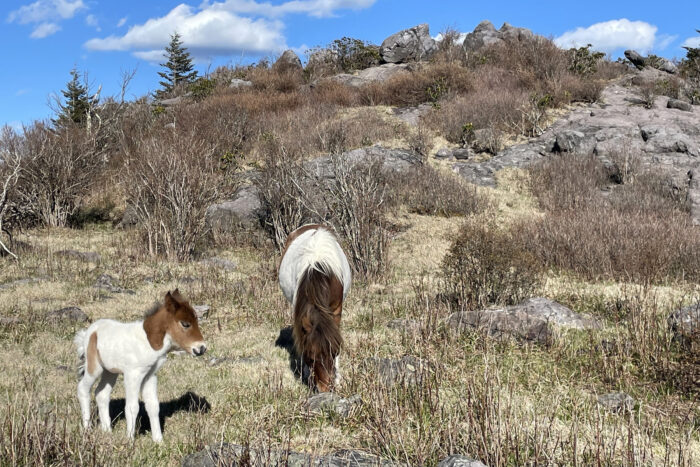
This section starts from Damascus, Va., also known as “Trail Town U.S.A.,” and host of the annual Appalachian Trail Days Festival, which takes place the weekend after Mother’s Day.
The trail travels toward Grayson Highlands State Park providing expansive views, passing by the highest peak in Virginia, Mt. Rogers at 5,729 feet (0.5 miles off the trail if you want to say you’ve done it — but there’s no view), and then enters the park where you’ll find wild ponies.
Start: Damascus, Va.
- Day 1: Saunders Shelter (9.3 miles)
- Day 2: Lost Mountain Shelter (6.5 miles)
- Day 3: Thomas Knob Shelter (12.3 miles)
- Day 4: Wise Shelter (5.2 miles, more time to enjoy the ponies) or Old Orchard (11.9 miles)
End: Fox Creek, Va., 603 (8.4 miles or 1.7 miles)
It’s a 30-minute drive back to Damascus, Va.
There are seven other unnamed campsites along this section.
Virginia Triple Crown (Dragon’s Tooth, McAfee Knob, Tinker Cliffs)
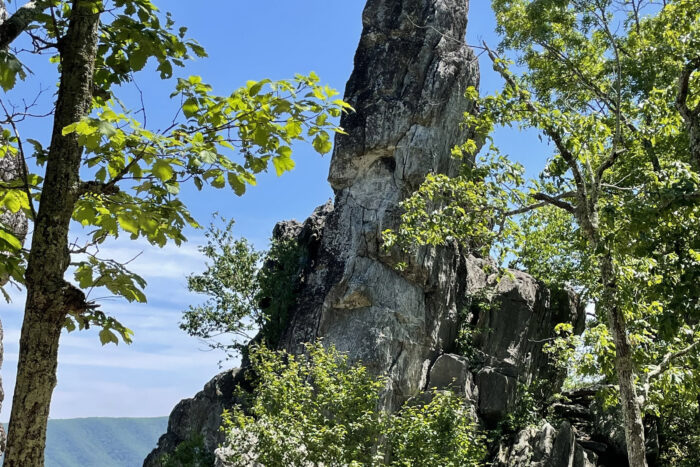
This section starts by passing the Keffer Oak, which is over 300 years old and 18 feet around. The trail climbs up the ridge of Sinking Creek Mountain and to the Eastern Continental Divide. After Dragon’s Tooth, the trail is a bit of a rock climb down toward Catawba (which offers a gas station 1 mile away from the trail) and then goes up to McAfee Knob, the most photographed spot on the Appalachian Trail.
Set your tent up at the Campbell Shelter and then backtrack the 1 mile in the morning to see the sunrise because there’s no camping allowed on McAfee Knob.
Tinker Cliffs is the third highlight because you’ll walk along the cliffs for half a mile and experience amazing views of the valley.
Start: VA 42 (Newport, VA 8.0 E)
- Day 1: Niday Shelter (10.1 miles)
- Day 2: Pickle Branch Shelter (10.1 + 0.3 miles off trail)
- Day 3: John’s Spring Shelter (13.6 miles)
- Day 4: Campbell Shelter (3.4 miles)
- Day 5: Lamberts Meadow (6 miles)
End: Daleville US 220 (9.4 miles)
An hour from VA 42, AT Crossing closest to Newport, Va.
There are two other shelters, Sarver Hollow (0.4 miles east) and Catawba Mountain, and two campsites, Pig Farm and Lamberts Meadow, along this section.
Franconia Ridge/White Mountains in New Hampshire
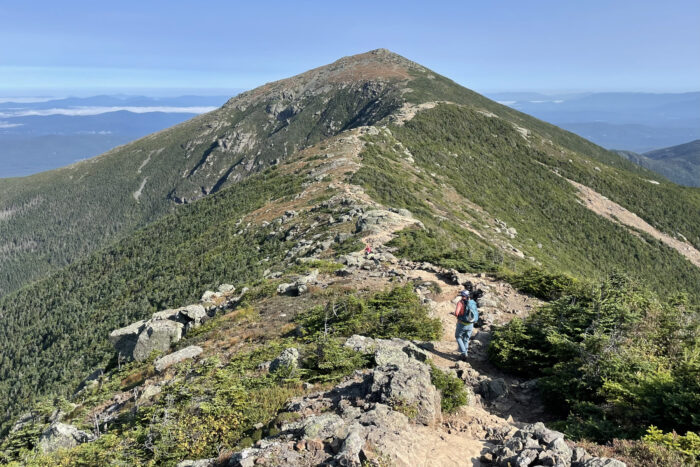
This section is one of the most well-known, popular, and enjoyable because of the incredible views from hiking above treeline. You’ll start by hiking up and over the Kinsmans, and then by Lonesome Lake Hut where you can stop in for a baked good and see a beautiful view of Franconia Ridge.
The trail goes down into Franconia Notch and then back up to the ridge, which provides 2 gorgeous miles above treeline, and then two more huts, Galehead and Zealand Falls, and views on the final day.
Start: Kinsman Notch, NH 112
- Day 1: Kinsman Pond Shelter (11.5 miles)
- Day 2: Liberty Spring Campsite (7.4 miles) $10 per person
- Day 3: Garfield Ridge Shelter/Campsite (7.7 miles + 0.2 off trail)
- Day 4: Ethan Pond Campsite (14.5 miles + 0.2 off trail)
End: Crawford Notch, US 302
Around 50 minutes to drive back to Kinsman Notch.
There are two other shelters, Eliza Brook and Guyot (0.7 miles east) in this section.
These campsites are first come, first serve and cost $15 per person to camp at each of these places. The AMC huts are around $130 per person in the summertime. Dispersed camping is allowed, but it’s much harder to find because you’re not allowed to camp in the alpine zone (where trees are 8 feet or less), within 200 feet of trails or water, within 0.25 miles of a shelter, campsite, or hut, or within 0.25 miles of a trailhead.
100 Mile Wilderness in Maine
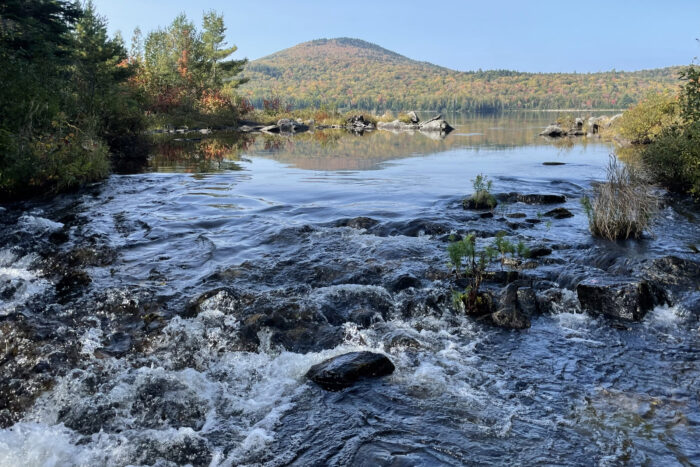
This section is the final stretch of the Appalachian Trail and offers a mix of beautiful mountain views and long river walks. It starts from Monson, the last town, and you can schedule a food drop midway through this section. Notable highlights include Little Wilson Falls, Barren Ledges, the 1984 Chairback Mountain airplane crash, Gulf Hagas, White Cap Mountain, lovely lakes, and several river crossings.
Start: ME 15 (Monson, Maine 3.6 East)
- Day 1: Wilson Valley Lean-to (10.4 miles)
- Day 2: Cloud Pound Lean-to (8.4 miles + 0.4 off the AT)
- Day 3: Carl A. Newhall Lean-to (16.8 miles)
- Day 4: East Branch Lean-to (10.8 miles)
- Day 5: Antlers Campsite (16 miles)
- Day 6: Wadleigh Stream Lean-to (13.6 miles)
- Day 7: Rainbow Spring Campsite (11.9 miles)
End: Golden Road, Abol Bridge (10.9 miles)
There are nine other shelters — Leeman Brook, Long Pond Stream, Chairback Gap, Logan Brook, Cooper Brook Falls, Potaywadjo Spring, Nahmakanta Stream, Rainbow Stream, Hurd Brook — and one other campsite, Sidney Tappan, in this section.
It’s a 2-hour drive back to Monson from Abol Bridge.
Camping
If there are no rules or regulations stated for the area, you can typically camp along the Appalachian Trail as long as you’re 200 feet from the trail, ideally not visible, and 200 feet from water. This creates more flexibility in planning a trip just for you and your group. If you want to break up a section of trail even more, this is an easy way to do it if you’ve got the time.
Navigation
I recommend using the AWOL guide, which contains both northbound and southbound mileage for hiking in either direction. The FarOut app is another great tool. You can buy mapped regions by sections and show up-to-date comments from other users on water, animals, closures, etc.
The Final Word
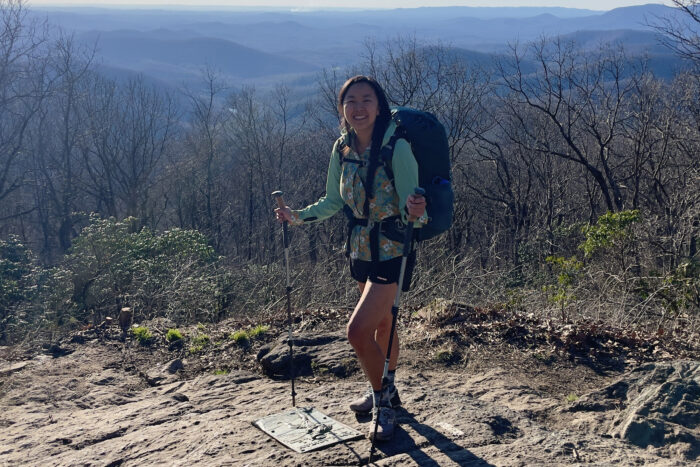
Thru-hiking the Appalachian Trail is a huge commitment of time, money, and forethought. But it can be broken up into more manageable sections that provide plenty of opportunity for adventure along the way. This guide is meant to provide inspiration and ideas for you to break the trail up if that’s a better approach for you.
Just remember to check for the most up-to-date mileage, elevation change, permits, fees, and camping regulations before your trip. And if you want guidance on a list of budget-friendly hiking gear that will come in handy along the way, check out my Gear Under $75 I Used Every Day Thru-Hiking the Appalachian Trail.
This trail is 2,200 miles long, and these are some of my favorite sections. But you’re sure to find a trip you’ll enjoy anywhere along it. Happy trails!

